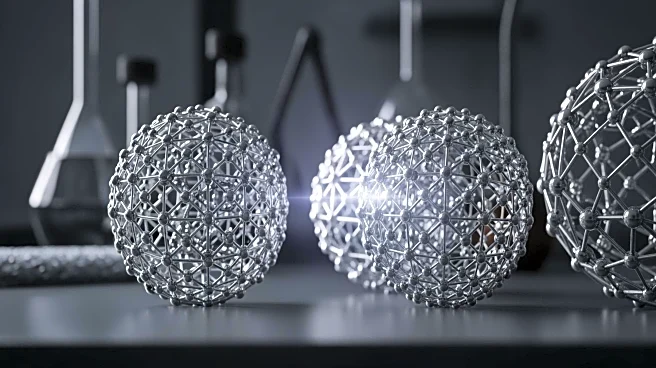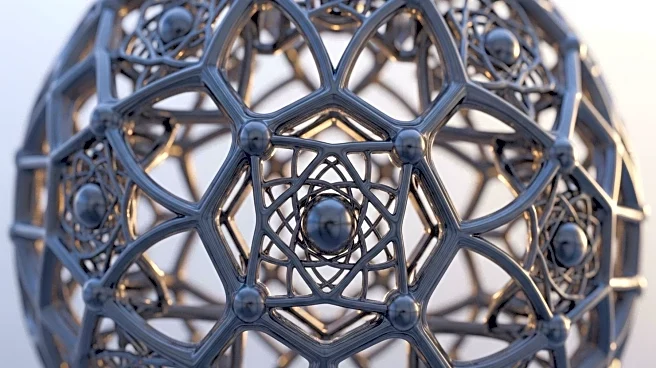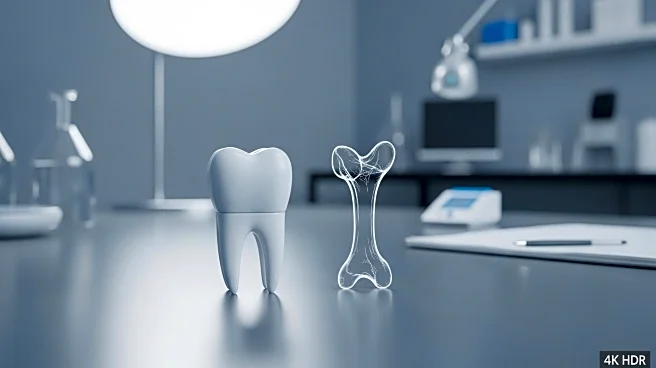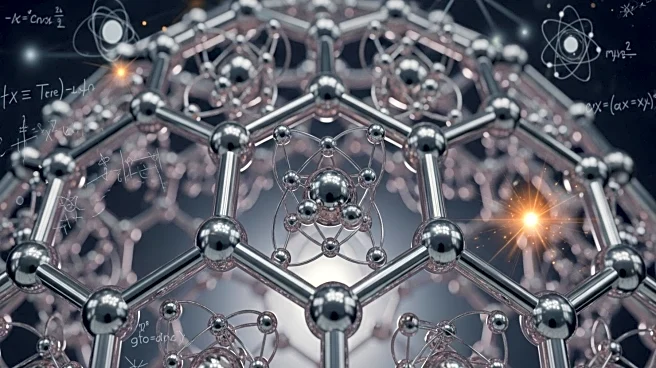What's Happening?
MIT scientists have uncovered hidden atomic patterns in metals that persist even after standard industrial processing. These patterns, previously thought to be insignificant, can influence the strength,
durability, and heat resistance of metals. The study, published in Nature Communications, reveals a new physical principle explaining why these patterns remain, offering potential for customizing metal properties for aerospace, semiconductor, and nuclear applications. The research was supported by the U.S. Air Force Office of Scientific Research and involved advanced machine-learning simulations to track atomic movements during metal processing.
Why It's Important?
This discovery could revolutionize the way metals are manufactured, allowing for the fine-tuning of properties to meet specific industry needs. By understanding and controlling these atomic patterns, engineers can design metals with enhanced performance characteristics, potentially leading to stronger, more durable materials. This advancement could have significant implications for industries such as aerospace and nuclear energy, where material properties are critical to safety and efficiency. The ability to manipulate atomic arrangements opens new possibilities for innovation in material science.
What's Next?
The researchers plan to explore how these atomic patterns develop under various manufacturing conditions, creating a map that links processing steps to chemical patterns. This could lead to new design strategies for optimizing metal properties. Collaboration with industry partners may facilitate the application of these findings in real-world scenarios, driving advancements in material engineering. Further research will focus on understanding the implications of these patterns for catalysis and radiation damage, potentially expanding their utility in diverse applications.
Beyond the Headlines
The study challenges conventional thinking about metal processing, highlighting the importance of non-equilibrium states in material science. The ethical considerations of manipulating atomic structures for industrial purposes must be addressed, ensuring that new technologies do not compromise environmental or safety standards.











